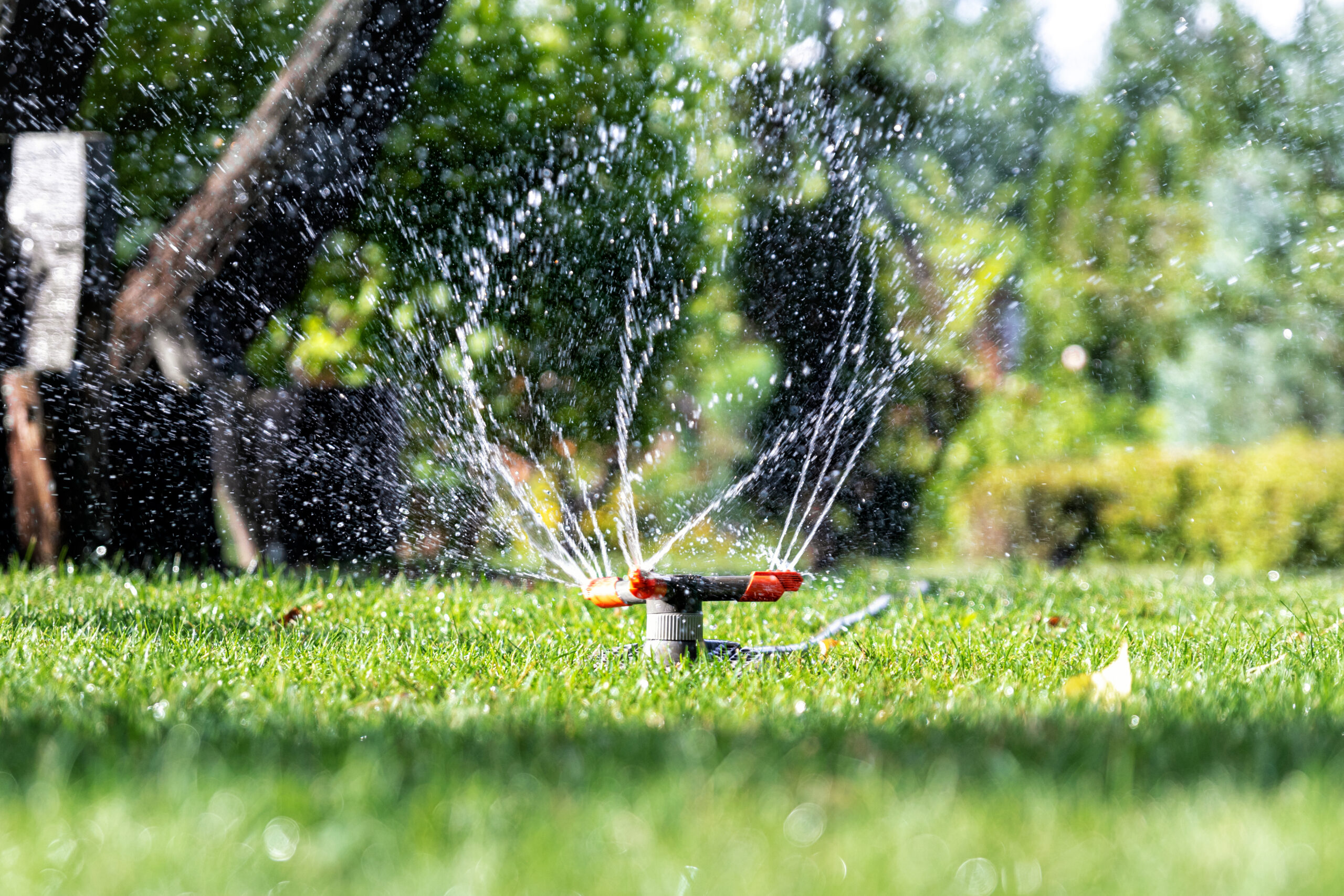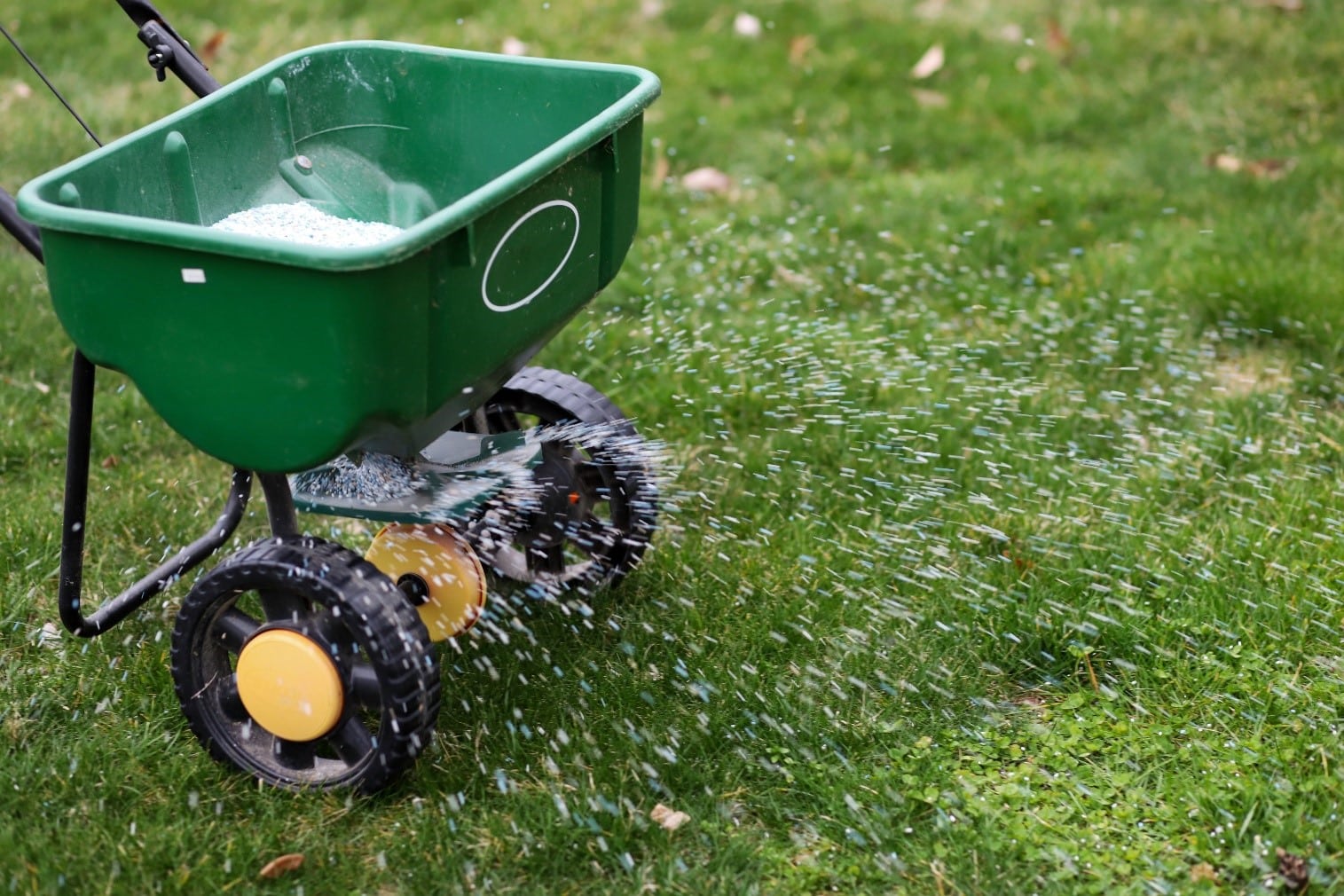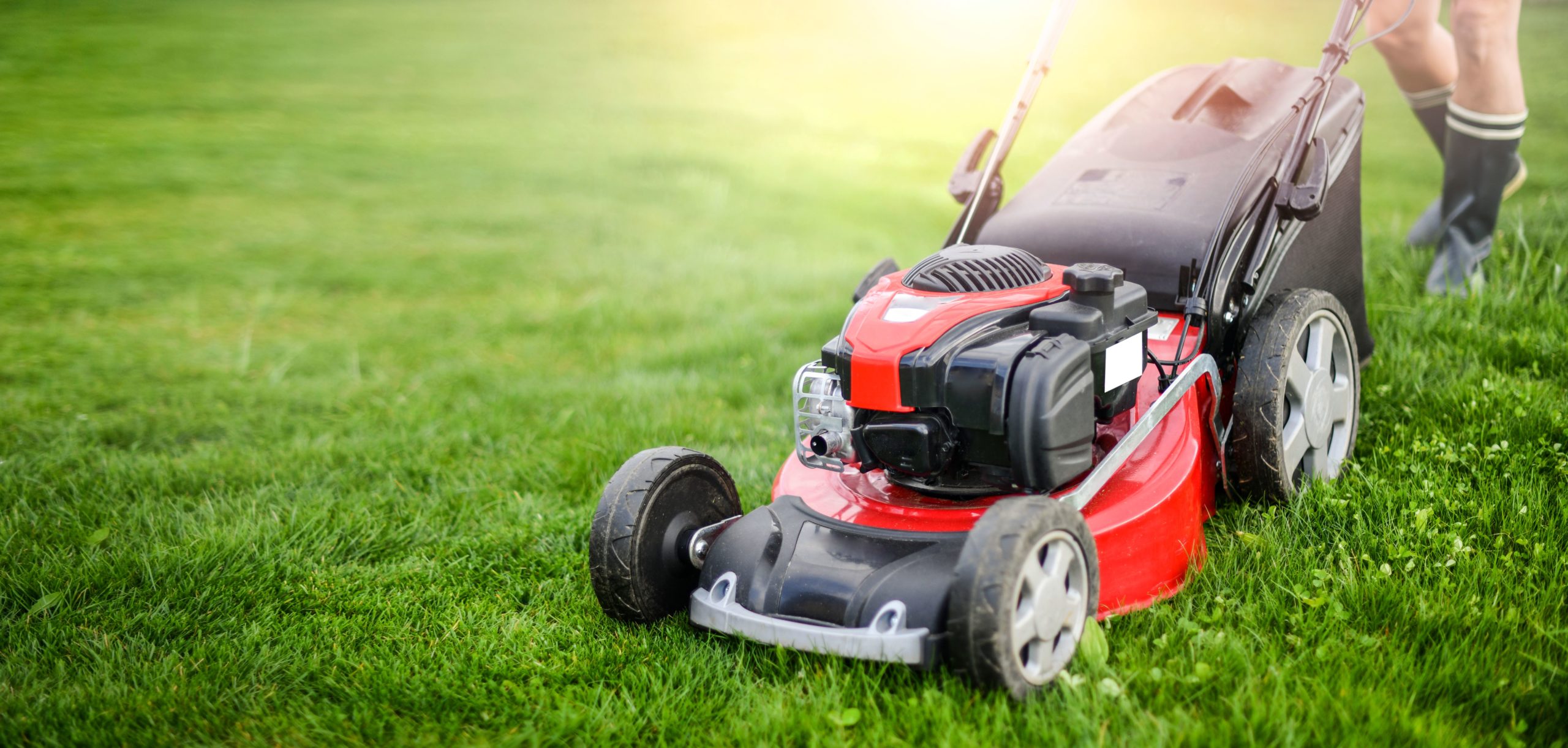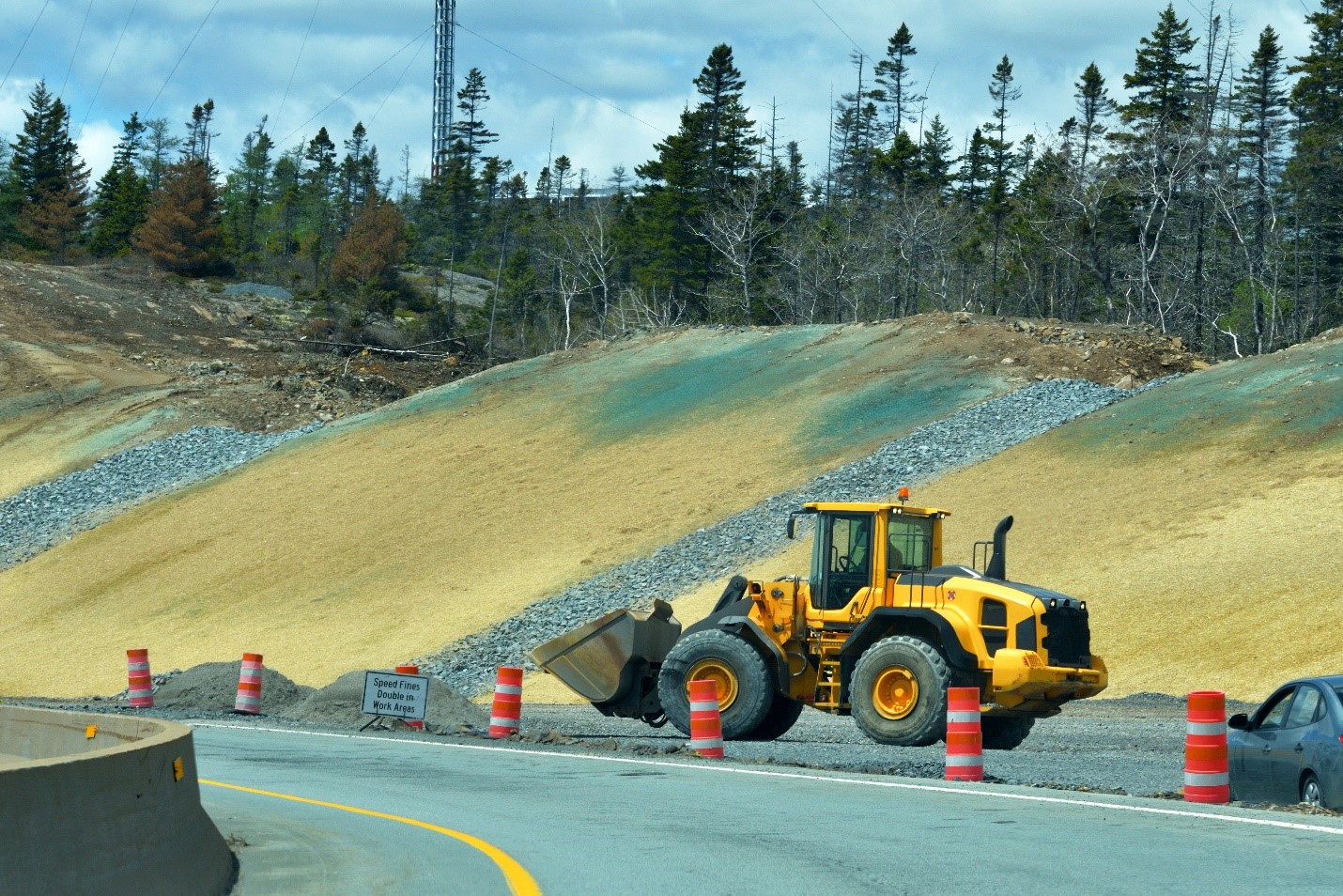Hydroseeding is a process to create a lawn with minimal effort. If you want to fix undesirable patches on your lawn, you can try hydroseeding.
with minimal effort. If you want to fix undesirable patches on your lawn, you can try hydroseeding.
However, it requires proper steps to ensure optimum growth. When faced with hydroseed not growing, it depends on various factors. With this method for planting grass, it is usually the preferred choice for expansive lawns or on slopes that are hard to plant.
If you have tried hydroseeding before but end up with poor results, do not lose hope since there are many reasons why your hydroseed may not be growing.
The reasons why hydroseed is not growing include:
1. Lack of watering
After hiring a professional service to handle the hydroseeding process, you will be responsible for the watering. When the temperature does not exceed 70 degrees during the spring, I suggest watering at least two times throughout the day. If the temperature is above 70 degrees, increase the watering to 3 times a day.
Always remember to keep the seedbed saturated. If you only do watering 2 to 3 times a day, you can achieve a nice lawn but not as quickly as a lawn in which the hydroseed is kept moist throughout the day.
Once the seeds germinate, I suggest water for more extended periods less often.

With this approach, it will train the root system to grow deeper to achieve a healthier state.
A good routine is watering with two days’ gap until the next. If you water daily, the roots will not grow deep.
It merely means that the roots are not trained to survive during drought conditions, resulting in a weak lawn.
When your lawn is mature, you should water deeply and infrequently, ideally at least 1 inch of water in a week. It is best to water at sunrise and end by mid to late morning. By watering early in the morning, water will seep into the root system while the blades of grass will quickly dry in the sunlight.
2. Poor quality soil
Another reason why hydroseed is not growing is the inadequate preparation of the soil. In construction sites or high-traffic lawns, the soil can be excessively compacted. Once this occurs, it is difficult for water, air, and roots to penetrate.
The addition of loose topsoil can help, but not enough. If the lawn is only rooted to the few topsoil inches, it is prone to damage by droughts and floods.
The best way to secure your lawn and ensure healthy growth is to amend the soil. When amending the soil, you need to till amendments such as fertile compost, peat moss, or organic matter into the soil.
If the soil is too rocky or impenetrable, you can utilize the topsoil method, but you should add at least four inches of soil to allow deeper roots to form.
3. Lack of fertilizer
Although the slurry already contains a mix of fertilizer, it is only present to start the grass’s growing process. You still need to apply fertilizer within a month and every second month during the growing period.

The aim is to ensure continuous development even after it is deep-rooted.
Make sure that the fertilizer you will use is high in nitrogen. Additionally, you can even apply an all-purpose fertilizer every 6-8 weeks.
4. Mowing too early
A hydroseed lawn might fail to thrive properly if you mowed too early, especially during the early stages of growth. Depending on your area’s water and temperature, the lawn is likely to thrive in around 7 to 10 days and ready for the first mow in around 3 to 4 weeks during the growing season.
You can mow your lawn as soon as the first grass blades reach 3 to 4 inches in height, even if the entire lawn has not attained that height. Take note that mowing will trigger the grass to drive shoots to the side and fill in space.

The mower’s height should not be less than 3 inches and must only cut off 1/3 of the grass blade in a single mowing. Make sure to keep the mower blade sharp to achieve the best results.
Once your lawn is well-established, make sure that you will mow regularly to keep your lawn healthy. As for the clippings, you can leave them on the lawn to serve as natural nitrogen sources.
5. Uneven germination
When the hydroseed lawn has uneven germination, it might be due to poor application. The best approach is to apply from several angles to avoid the shadowing effect.
The shadowing effect comes from uneven soil from footprints, vehicle tracks, or channels in the soil after rainfall.
Another reason for the patchy germination is failing to mix the slurry thoroughly. As a result, too much might be applied at the start of the hydroseed process or the end. It will result in the uneven distribution of the seeds. Proper agitation of the slurry is vital to ensure proper coverage of the lawn.
6. Lack of sunlight
Hydroseed can thrive in various conditions, but your lawn will decline over time if there is inadequate sun exposure.
One way to avoid low growth is to ensure that the lawn receives 3-4 hours of filtered sunlight to ensure optimum growth.
If there are trees around, you need to cut them back to allow more sunlight. If you find moss growth, it is a clear sign of lack of light.
7. Foot traffic
Continuous foot traffic is a contributing factor to hydroseed not growing. After the hydroseeding process, avoid walking on the lawn.
If possible, block the entry of pets, children, and other traffic to avoid disrupting the hydroseed mulch or germinating seeds.
It is crucial to lessen traffic after application for 5 to 6 weeks to provide enough time for your lawn to mature. Remember that foot traffic can damage the new grass.
Final Thoughts on Why Is My Hydroseed Not Growing?
If you are tired of seeing several empty patches on your lawn, why not give hydroseeding a try.
You have the option to hire a professional to handle the task if you are not confident in doing the process yourself. In case your hydroseed lawn is not thriving, there are certain contributing factors to watch out for. Depending on the root cause, you can remedy the issue to ensure that your lawn will adequately thrive.
It is possible to achieve a healthy lawn that will keep your property in good shape for years to come.
Read More:
Why Is My Hydroseed Not Growing?
When should I Fertilize a Hydroseeded Lawn?
Will Grass Seed Grow If Not Covered?
How Many Square Feet are on a Pallet of Sod? +Sod Calculator

